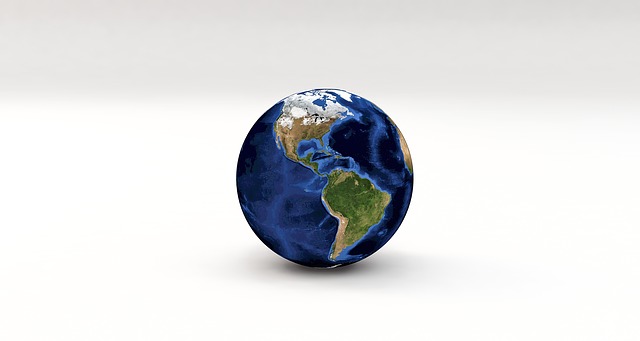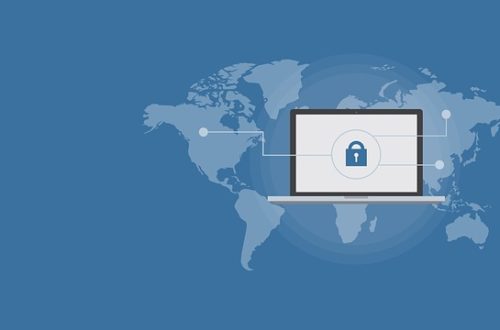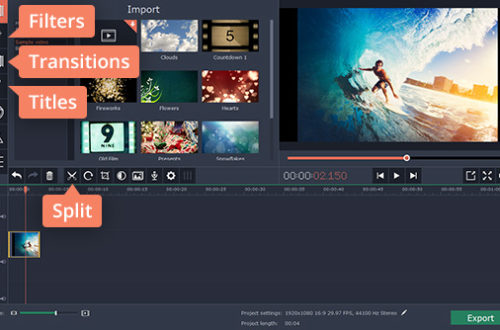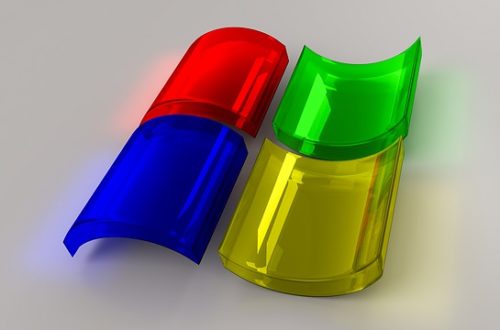What You Need to Understand About 3D GIS

The 3D Geographic Information Systems (GIS) builds on the 2D GIS. The new system is more advanced because it adds depth to the data collected, thereby enhancing the visual properties. There are several uses of this more advanced system.
What is it?
The 2D GIS is often referred to as the regular GIS. It only offers two-dimensional, which can be a bit hard to visualize when it comes to planning. The 3D model, on the other hand gives more details. It not only has the X and Y coordinates for the geographical location but also gives Z coordinates. With the 3D model, users are able to construct an urban landscape that accounts for the natural geography.
Planners get a better idea on where to put up new bike lanes, thoroughfares, buildings and so on. As a matter of fact, the 3D Geographic Information Systems have been used in Hollywood movies like Total Recall and Cars. Unlike the 2D models, the 3D models will clearly show steep hills that pedestrians would hate.
How can it help?
The 3D Geographic Information Systems is mostly used in city planning and development. This is because it helps the planners to create a sense of realism as well as help the projects to move forward. Planners are less afraid because they have a clear picture of what is happening. The case is the same in exploration. The system can be used as exploration software that helps explorers get a clear picture of what they are doing. The clear benefit of the 3D GIS is that it helps plan routes between points.
Potential Uses of the 3D Geographic Information Systems
- Visualize the current environment:
The most common use of this system is to create 3D models or representations of an area. These models can feature overlaid spatial datasets like the width of the streets overlaid with the building and tree locations. This helps the users to get a better understanding of how the dissimilar data relates. This data can then be used in planning. Government agencies can use them to plan for emergency response, city planners can use it to determine the physical makeup of a specific area and security experts can use the data to get more spatial awareness.
- Review or create future plans:
The 3D Geographic Information Systems helps build representations of the current environments as well as create models of the potential alterations prior to making changes. Experts can manipulate the 3D systems to determine the impact of the changes they make to an area. This is widely used when it comes to urban planning.
- Used in the realm of entertainment:
The 3D Geographic Information Systems can be used to build urban environments that are based on the real physical world. This can be done for games and films. The data received from this system enables the creators to work efficiently.
The 3D Geographic Information Systems continues to change the way planners and creators do things. You just need to find a system that suits your needs perfectly.
Would you like to receive similar articles by email?





